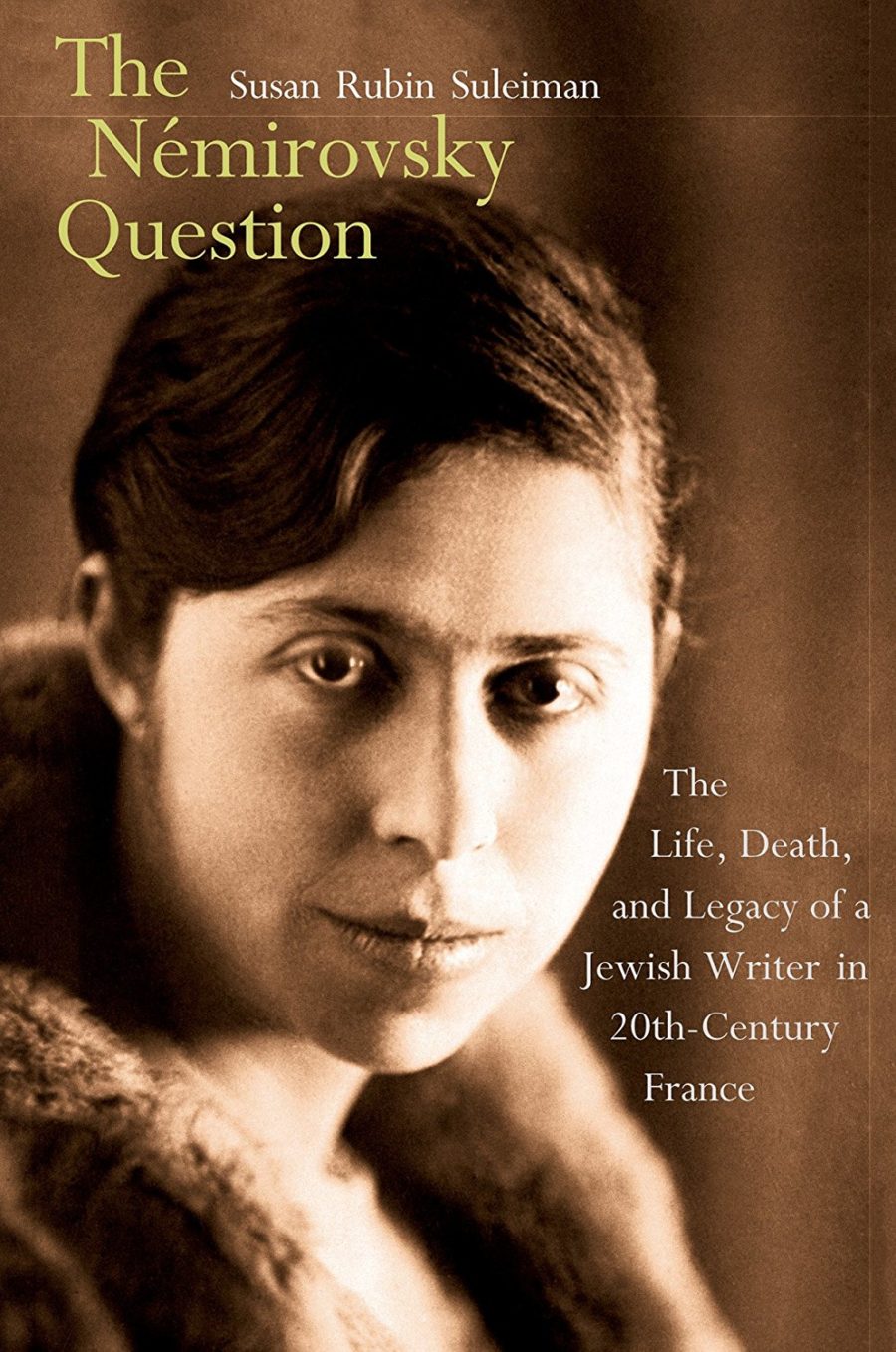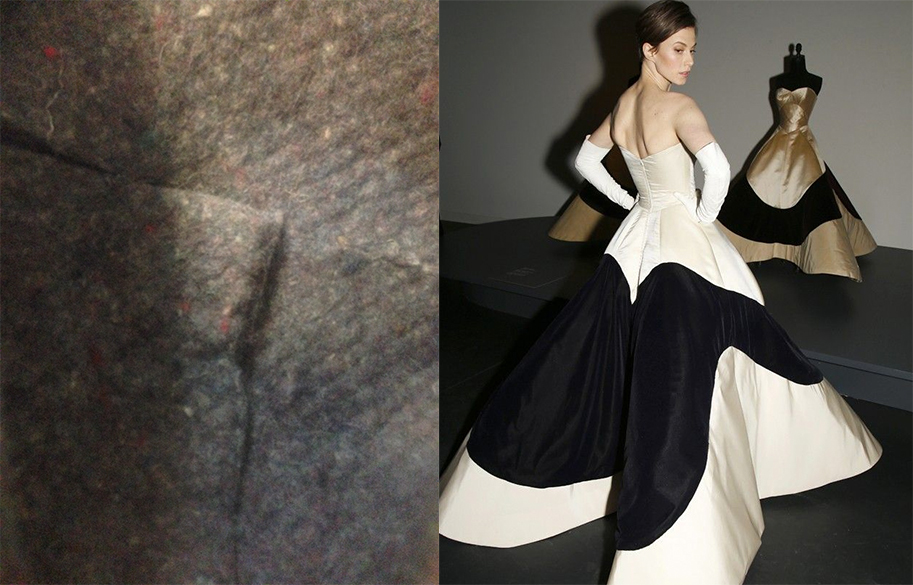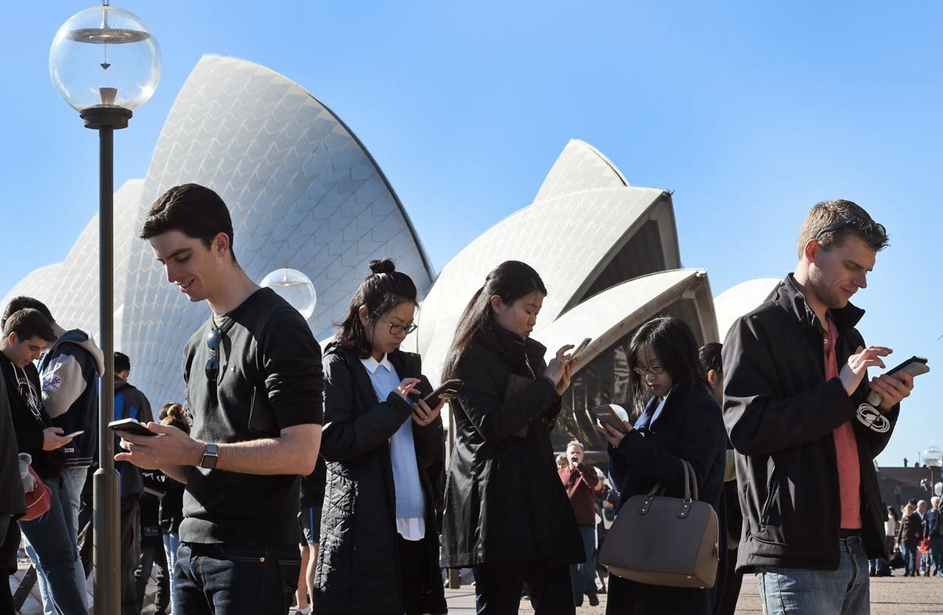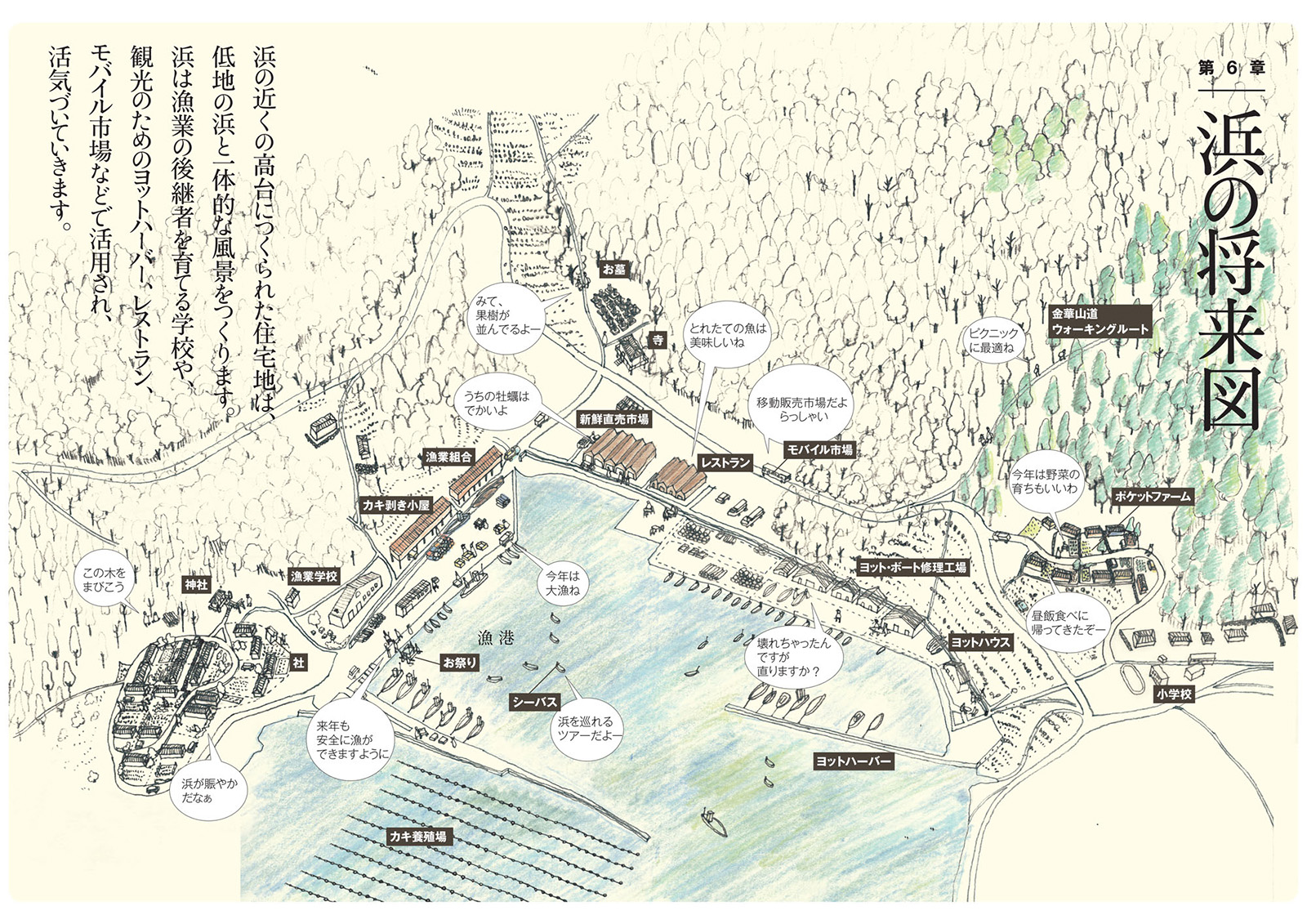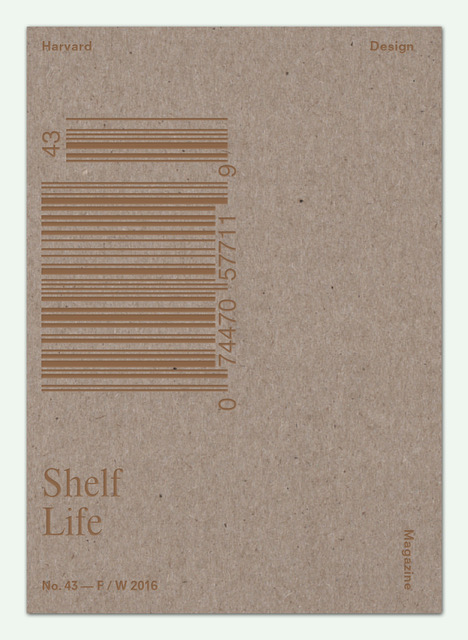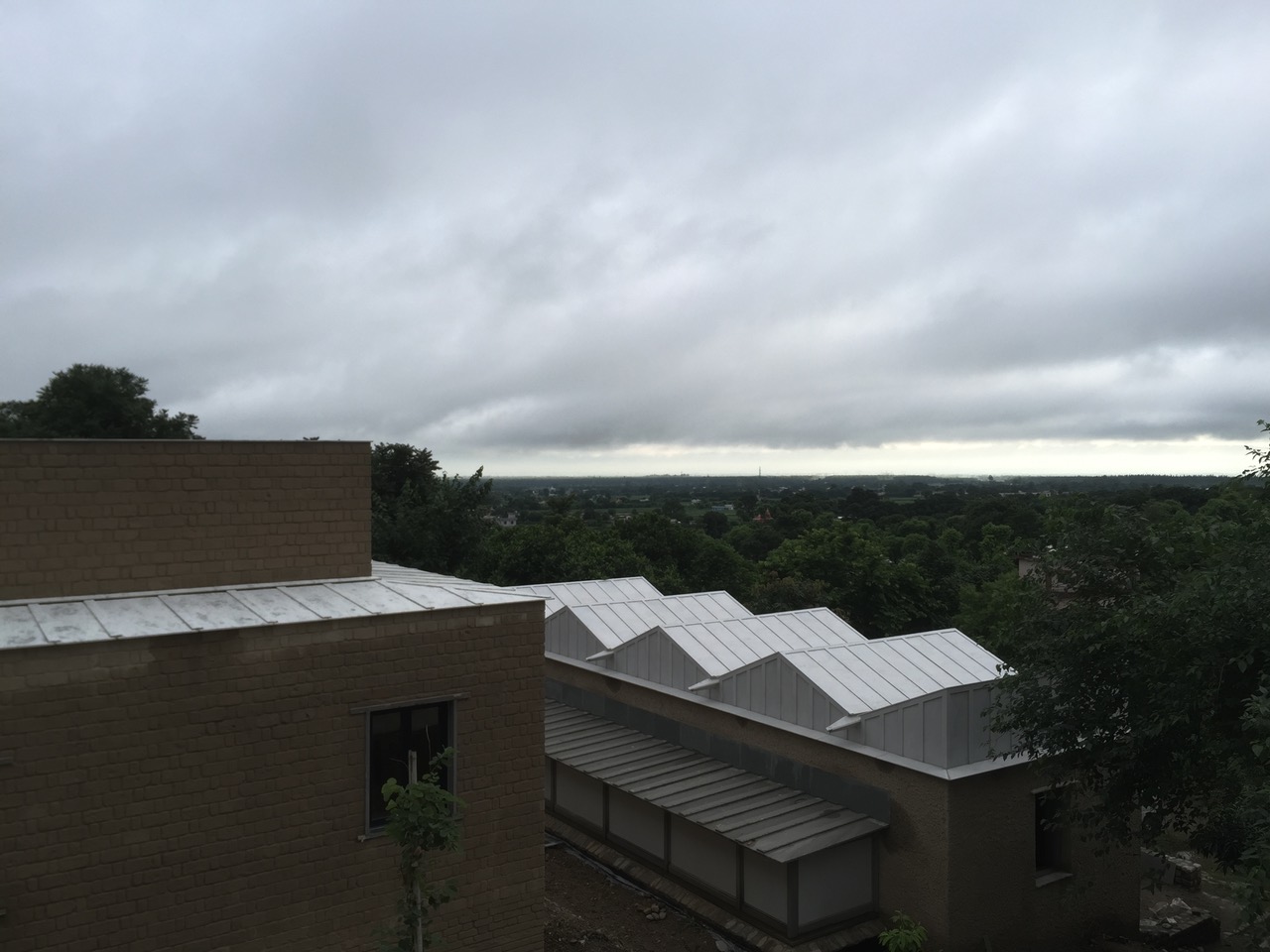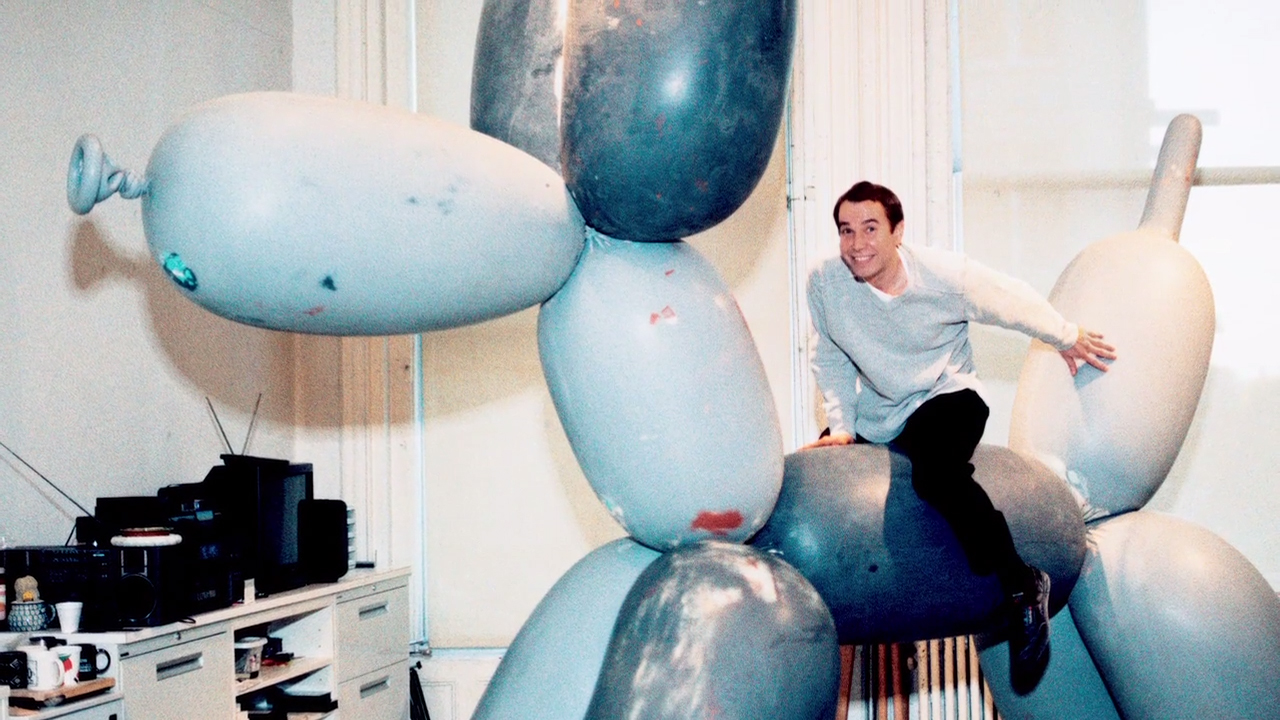Sharing One Harvard: Mohsen Mostafavi with Susan Suleiman on “The Némirovsky Question: The Life, Death, and Legacy of a Jewish Writer in Twentieth-Century France”
Susan Suleiman PhD ’69 is C. Douglas Dillon Professor of the Civilization of France and Professor of Comparative Literature at Harvard University. Her research and teaching, for which she has received numerous awards and fellowships, focuses on the literature of France. Among her books are The Ideological Novel as a Literary Genre (1983), Subversive Intent: Gender, Politics, and the Avant-Garde (1990), Risking Who One Is: Encounters with Contemporary Art and Literature (1994), the memoir Budapest Diary: In Search of the Motherbook (1996), and Crises of Memory and the Second World War (2006). Her most recent book, The Némirovsky Question: The Life, Death, and Legacy of a Jewish Writer in Twentieth-Century France (Yale, 2017), considers Irène Némirovsky, a French novelist of the 1930s who languished in obscurity after World War II until her posthumous novel Suite française appeared in 2004 and was widely acclaimed, and published in more than thirty languages. Prof. Suleiman will engage in a conversation on time, memory, identity, and other topics with Mohsen Mostafavi, dean of Harvard GSD and Alexander and Victoria Wiley Professor of Design, whose initiative “Sharing One Harvard,” brings faculty from diverse schools into the GSD.
Exhibition Opening for “Designing Planes and Seams”
Curators Anita Berrizbeitia MLA ’87, professor of landscape architecture, chair of the department of landscape architecture; Harold Koda MLA ’00, fashion scholar, curator, and the former curator-in-chief of the Anna Wintour Costume Center at the Metropolitan Museum of Art; and Ken Smith MLA ’86, design critic in landscape architecture, will speak informally about the exhibition.
Designing Planes and Seams focuses on the relationship of flat or planar materials and the seaming and construction necessary for creating expressive three-dimensional form. Focusing on the pattern pieces of iconic historic designs, the dressing of the contours of the body is represented by examples of reductive geometry and minimal intervention. In fashion, the pattern piece articulates the designer’s intellectual process as well as the wearer’s form. It is both map and plan.
This exhibition suggests parallels between clothing design and landscape architecture. Both disciplines share formal concerns associated with the creation of material structure(s) to fit an organic body; and in both clothing and landscape, the materiality of form-making is conceived conceptually and tectonically to reflect the bodily needs to move, breathe, and adapt. They also share physical constraints: in clothing, there are constraints of protection from the environment and regulation of body heat; and in landscape, those of ecological process, movement of water, and maintenance of habitat and vegetation. Both incorporate and convey cultural expressions such as identity and personality, social status, group affiliation and ethnicity, gender and sexuality, power and politics, as well as other cultural narratives.
By exploring the meaning of seams, junctures, materials, and form making, the parallels that are revealed between clothing and landscape will expose their shared concerns of cultural production within contemporary society.
Michael Rock, “Attention Disruption Disorder”
“One of the essential challenges of design is establishing spatial, commercial, conceptual, or ideological coherences in the cacophony of contemporary experience. But if each coherence requires a battle for attention, are we winning or losing? Are we making things better or aggravating the very conditions we’re trying to alleviate?” Michael Rock is a design writer and founding partner of 2×4, a multi-disciplinary design consultancy that works with cultural and commercial clients such as Prada, Nike, Apple, and OMA/AMO from its offices in New York, Madrid, and Beijing.
Kate Orff, “Toward an Urban Ecology”
Kate Orff, MLA ’97, RLA, is the founder of SCAPE, a landscape architecture and urban design studio based in New York City, and author of Toward an Urban Ecology, a book about the practice. SCAPE reconceives urban landscape design as a form of activism, demonstrating how to move beyond familiar and increasingly outmoded ways of thinking about environmental, urban, and social issues as separate domains; and advocating for the synthesis of practice to create a truly urban ecology. A range of participatory and science-based strategies will be discussed and shown in the lecture through the lens of the office’s work, featuring projects, collaborators, and design methods that advance urban ecological design.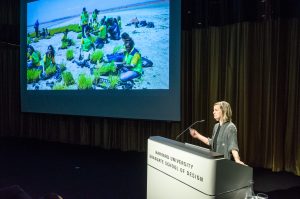
Tomás de Paor, “previous, next”
“‘I see earth. It is so beautiful.’
“Dawn asks,
‘What does the water surface look like?’
‘Darkish, with faintly gleaming spots.’
‘Do you get the feeling that our planet is round?’”
A selective reading of cosmonaut Yuri Gagarin’s exchanges with ground control during the 108-minute space flight of Vostok I, launched on April 12, 1961, the first human orbit of earth in history. Seven short essays discuss the making of buildings, the making of machines, and that of time pieces under the titles “earth,” “hut,” “yard,” ‘paper,” “scissors,” and “rock.”
Tomás de Paor is founder and principal of a practice based in Dublin, Ireland. Concerned with perception and construction, his work has been extensively published and exhibited. An elected Fellow of the Royal Institute of Architects of Ireland, de Paor was voted Young Architect of the Year by Building Design/Corus in 2003, and was nominated for the Mies van der Rohe Prize in 2005 and 2007 and the BSI Swiss Architecture Award in 2014. In 2015 he was elected a member of Aosdána, and in 2016 was elected International Fellow of the Royal Institute of British Architects.
Exhibition Opening for “Architectural Ethnography by Atelier Bow Wow”
Curators Momoyo Kaijima and Yoshiharu Tsukamoto of Atelier Bow-Wow will speak about the drawing method addressed by the exhibition. This exhibition explores the ecological imprint and graphical method of Atelier Bow-Wow, a Tokyo-based architecture firm founded in 1992 by Yoshiharu Tsukamoto and Momoyo Kajima. From “Made in Tokyo” (1998) to their current project “Actor Network Scheme” (2017), Atelier Bow-Wow has investigated the living condition of people through various kinds of fieldwork and design practices, observing architecture and its environments from a point of view they call “behaviorological.” They have also invented unique visual representations specific to their subject and vision, as in the book Graphic Anatomy (Toto, 2007), which presents extraordinarily detailed drawings of twenty-four of their projects. The firm’s interests range broadly, from the relationship between house typologies and urban fabric to the connections between public space and untapped common resources. This approach has enabled Atelier Bow-Wow to rediscover architecture as a central means of practicing their livelihood and to develop the concept of “architectural ethnography.”Harvard Design Magazine #43: Shelf Life
The more stuff we accumulate, the more space we need to store it all. Vast portions of the landscape are occupied and governed by spaces for storage, their maintenance, and the goods that move through them or remain buried within them indefinitely. The latest issue of Harvard Design Magazine investigates and unpacks the contents, containers, and systems of storage that organize our world. Contributors to “Shelf Life” will discuss contemporary forms of storage (digital, financial, corporeal), and how they are linked to our landscape, our economy, our culture, and our emotions. Quick-fire presentations will be moderated by Jennifer Sigler, editor in chief of publications & Harvard Design Magazine.
With Shannon Mattern, Antonio Furgiuele, Susan Nigra Snyder, Mark Mulligan, Rania Ghosn, and Andrew Holder.
Harvard Design Magazine is a twice-yearly publication based at Harvard Graduate School of Design. Subscriptions, single issues, and back issues can be purchased through Bruil & van de Staaij. Copies and back issues will be available for purchase at the event at a discounted rate.
Harvard Design Magazine #43 Launch Program
Bijoy Jain, “Lore”
Studio Mumbai, founded by Bijoy Jain, works with a human infrastructure of skilled artisans, technicians, and draftsmen who design and build the work directly. This group shares an environment created through an iterative process, where ideas are explored via large-scale mock-ups, models, material studies, sketches, and drawings. Projects are developed by careful consideration of place and practice, drawing from traditional skills, local building techniques and materials, and an ingenuity arising from limited resources. Bijoy Jain was born in Mumbai, India, and received his MArch from Washington University in St Louis in 1990. He worked in Los Angeles and London from 1989 to 1995 and returned to India in 1995 to found his practice. The work of Studio Mumbai has been presented at the 12th International Architecture Exhibition (2010) organized by the Venice Biennale and the Victoria & Albert Museum, and has received several awards, including the Global Award in Sustainable Architecture (2009) finalist for the 11th cycle of the Aga Khan Award for Architecture (2010), winner of the seventh Spirit of Nature Wood Architecture Award, Finland (2012), winner of the third BSI Swiss Architecture Award (2012), and, most recently, the Grande Medaille d’Or from the Academie d’Architecture, Paris (2014). The University of Hasselt, Belgium, bestowed an honorary doctorate on Bijoy Jain in 2014. He has taught in Copenhagen (2012), at Yale University (2013), and in Mendrisio, Switzerland (2014 and 2015).
Sponsored by the Aga Khan Program for Islamic Architecture.
Go Hasegawa, “Amplitude in the Experience of Space”
Rescheduled from February 9.
“Architectural spaces can take away or awaken abilities and sensations that we humans possess innately. Through the practice I’ve always been conscious of that—how can we expand our abilities and sensations with architectural spaces? In this lecture I will talk about it especially from the point of view of spatial dimension, gravity, and time, with my various projects.” Go Hasegawa earned a Master of Engineering degree from the Tokyo Institute of Technology in 2002 and worked at Taira Nishizawa Architects before establishing Go Hasegawa & Associates in 2005. He has taught at Tokyo Institute of Technology, the Academy of Architecture of Mendrisio, Oslo School of Architecture and Design, and UCLA and is currently a design critic in architecture at the GSD. In 2015, he received his PhD in Engineering from the Tokyo Institute of Technology. Hasegawa is the recipient of numerous awards, including the 2008 Shinkenchiku Prize and selection as one of the ten 2014 AR Design Vanguard architects. His new monograph is newly published by A+U as of January 2017.
Jeff Koons
Internationally recognized artist Jeff Koons is widely known for his iconic sculptures Rabbit (1986) and Balloon Dog (1994–2000), as well as his monumental floral works Puppy (1992) and Split-Rocker (2000). His artwork, often depicting everyday objects, explores themes of self-acceptance and achieving transcendence through the senses. Since his first solo exhibition in 1980, Koons’s works have been shown in major galleries and art institutions throughout the world. Jeff Koons: A Retrospective (2014–15) was organized by the Whitney Museum of American Art and traveled to the Centre Pompidou Paris and the Guggenheim Bilbao. His most recent exhibition was at Almine Rech Gallery’s new London space (October 4, 2016—January 21, 2017). Koons lives and works in New York City.
